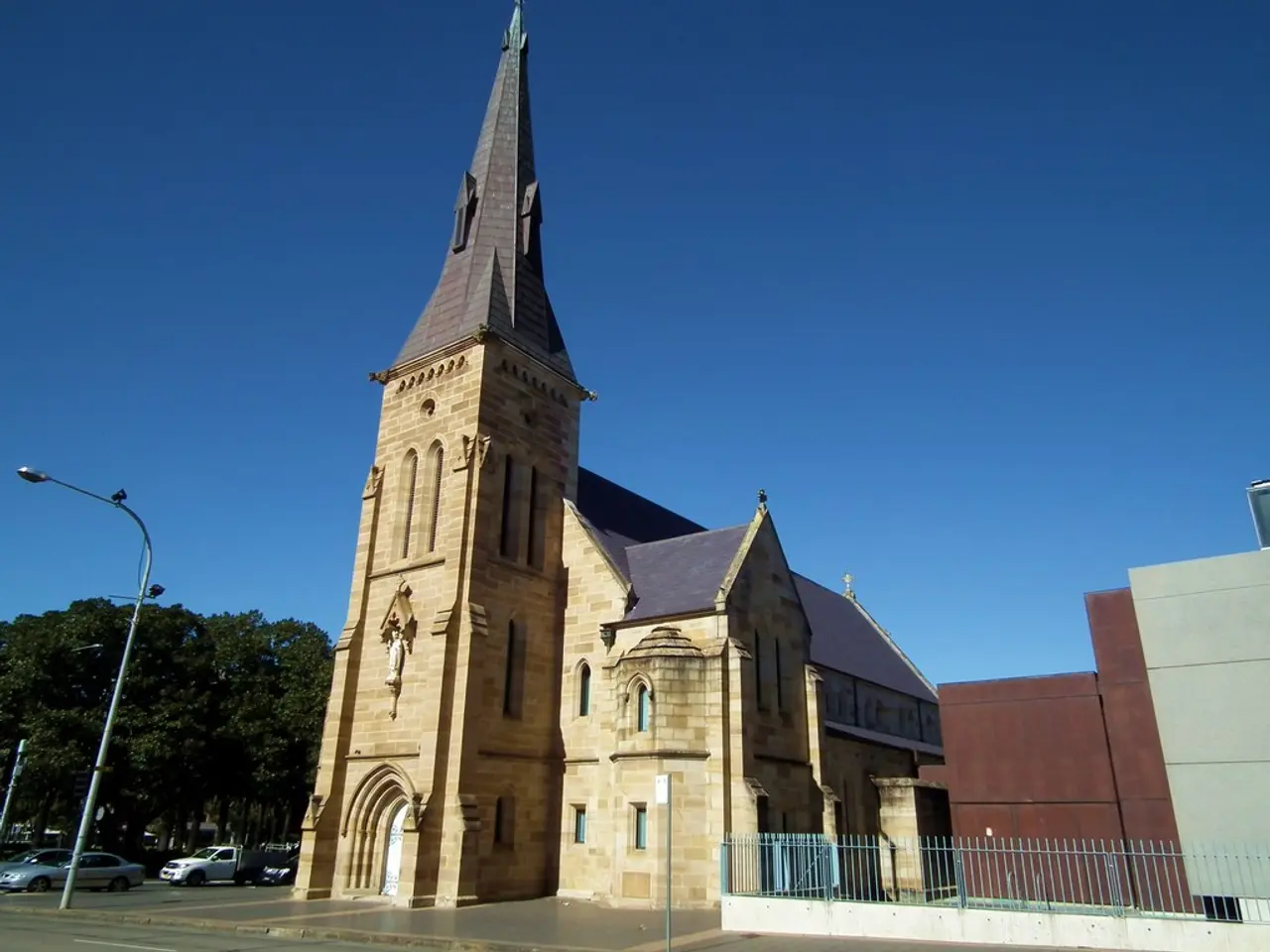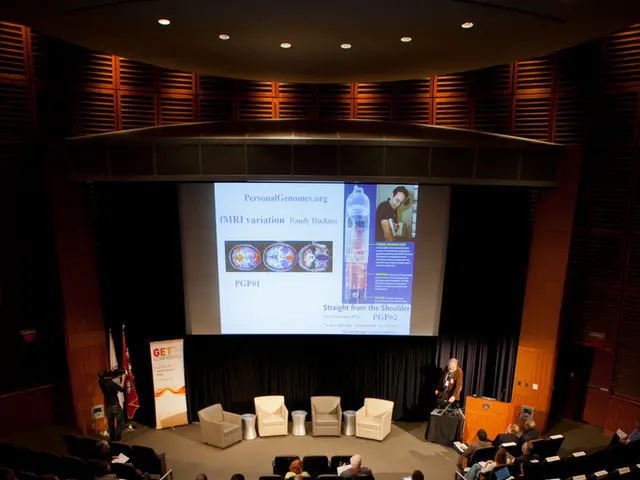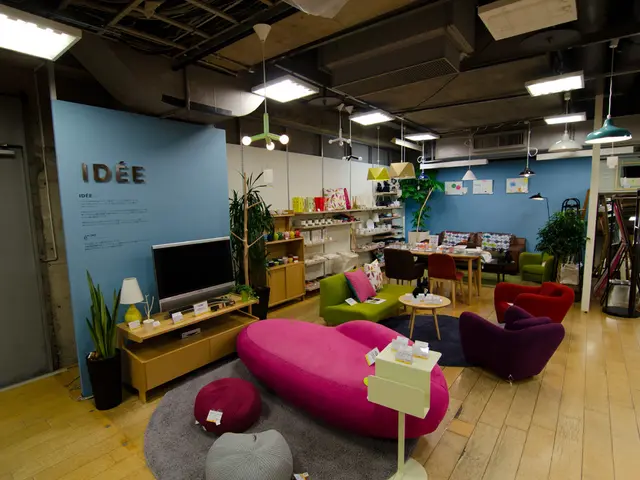Architects Explore Future of Sustainable Design at AT Webinar
Architects gathered at an AT webinar to discuss the future of sustainable and regenerative design. Colin Davis from Studio Partington showcased contrasting approaches, including a City of London pilot and the UK's first Energiesprong project. The event explored moving beyond carbon metrics and measuring the full impact of architectural work.
The webinar delved into aligning performance targets around acoustics, energy, and comfort with regenerative design goals. Ella Thorns from Studio Bark presented a regenerative toolkit and an online carbon counting tool for small-to-medium-sized practices.
Participants discussed measuring the full impact of architectural work, including embodied carbon, social value, and ecological value. They explored scaling up regenerative practice through new skills, collaborations, and knowledge-sharing. Architects use methods like digital platforms for embodied carbon calculations, parametric design for multi-objective optimization, and 6D- and 7D-BIM models for lifecycle consideration.
James Lord from HTA Design presented three landscape-led regenerative design examples, while Ben Hancock from Oscar Acoustics emphasized the importance of acoustic comfort. Emerging tools and methods for regenerative design at the planning stage were also discussed. Martin Knight from Studio Knight Stokoe presented two retrofit case studies illustrating the potential of nature-based solutions.
The AT webinar highlighted the importance of regenerative design in architecture, emphasizing the need to measure and evaluate the full impact of projects. By considering embodied carbon, social value, ecological value, and acoustic comfort, architects can deliver genuinely sustainable and regenerative projects. The event showcased various tools, methods, and case studies to inspire and guide the profession towards a more regenerative future.
Read also:
- Budget cuts at federal and state levels jeopardize advancements in fighting HIV and AIDS within Dallas County
- Strategies for Maintaining and Boosting Physical Activity as You Grow Older
- Understanding Prediabetes: A Precursory Condition to Diabetes
- Strategies for Strengthening a Nigerian Infant's Immune System







